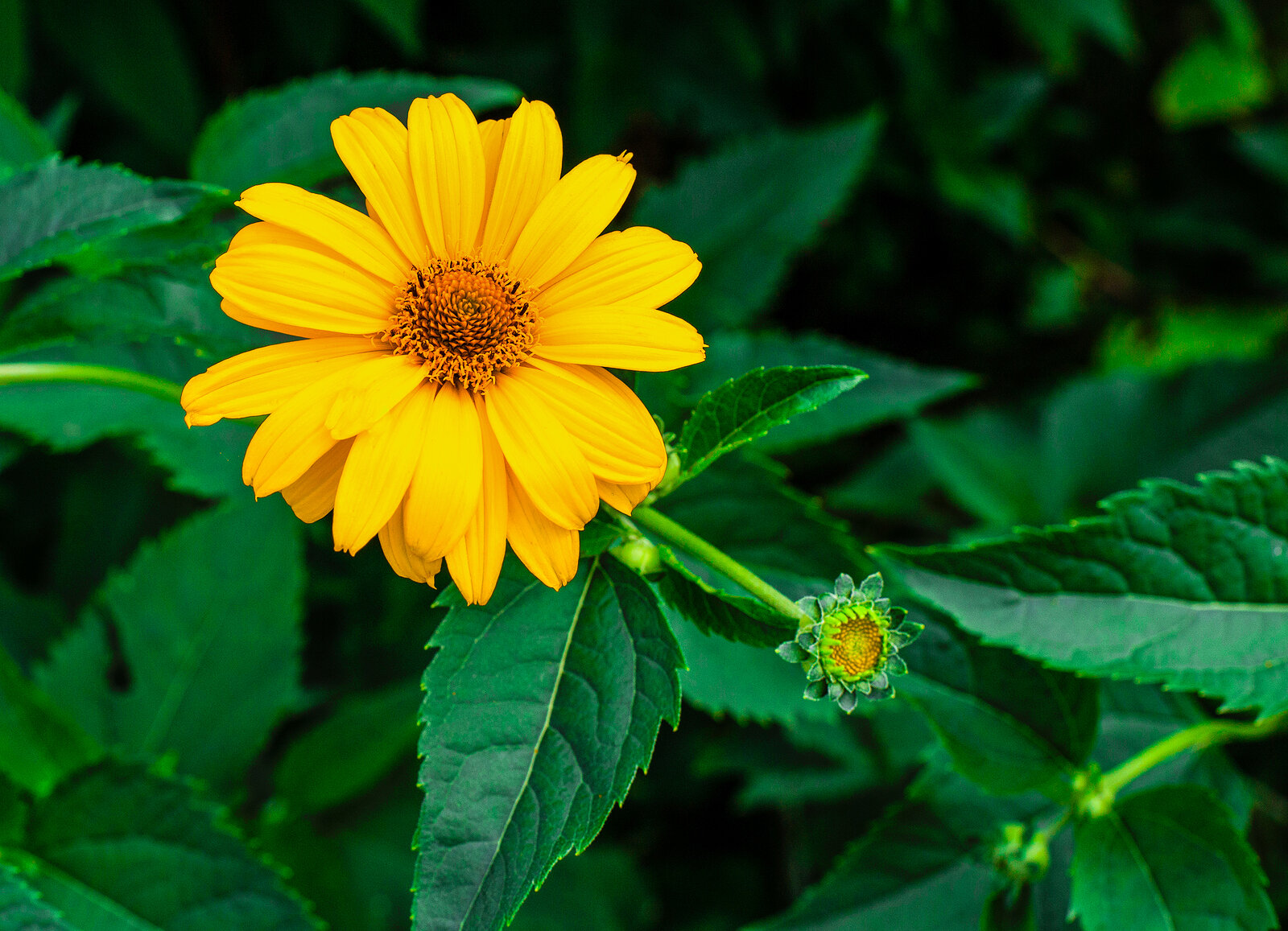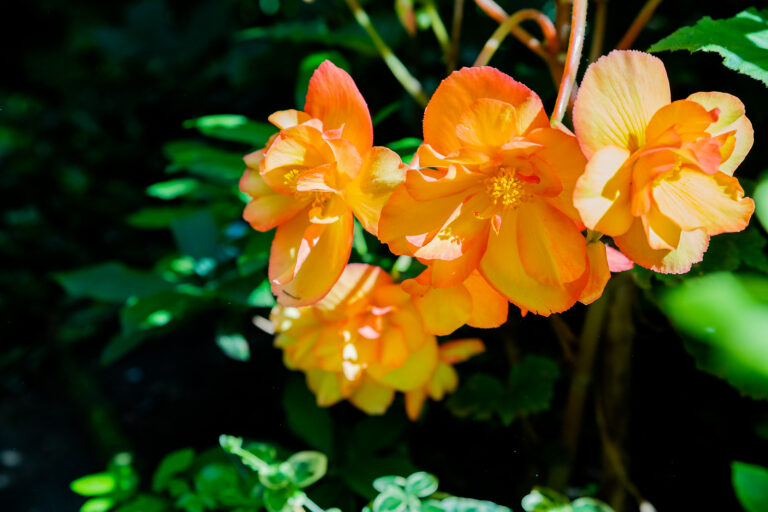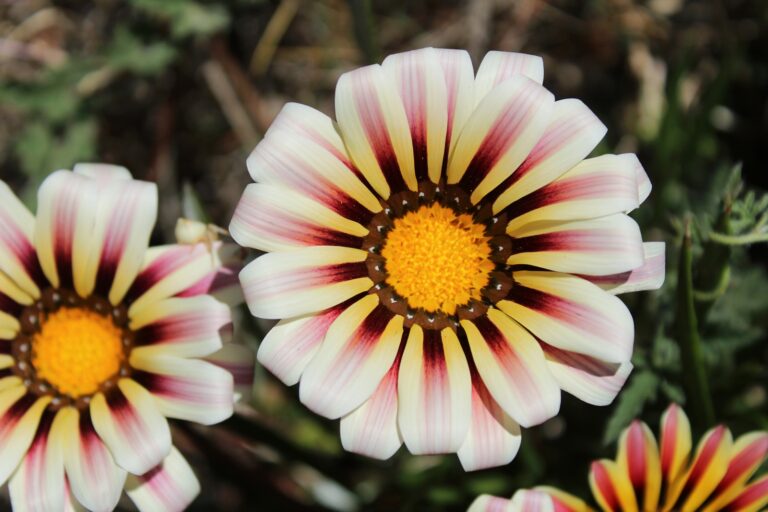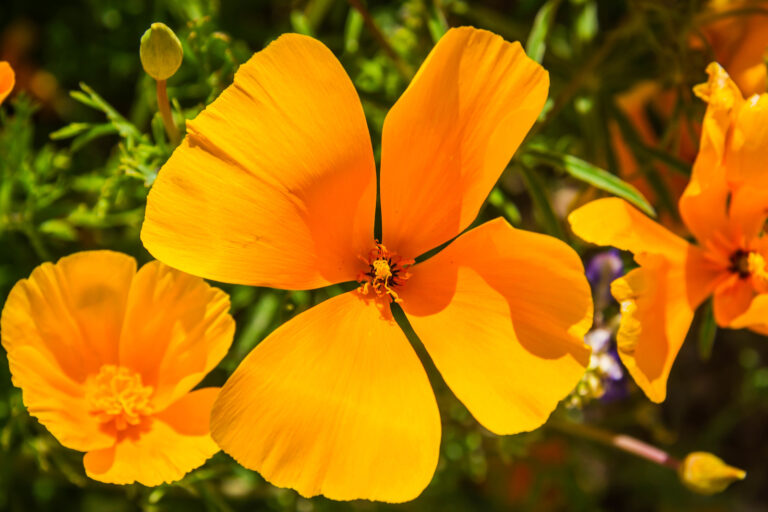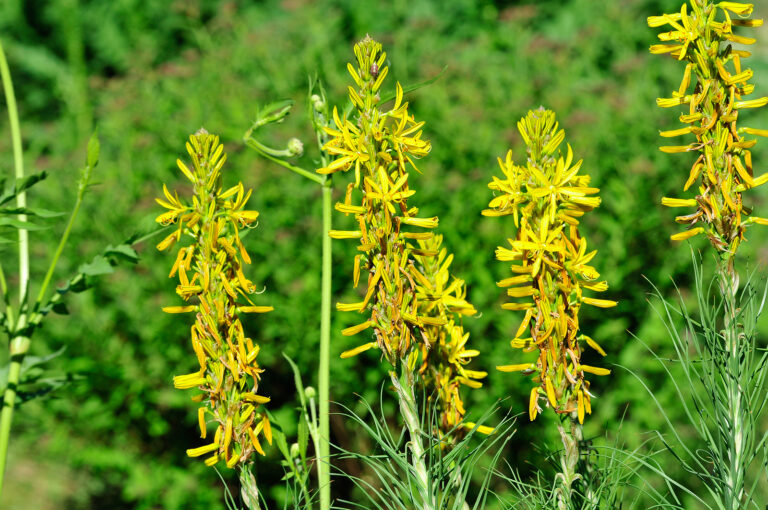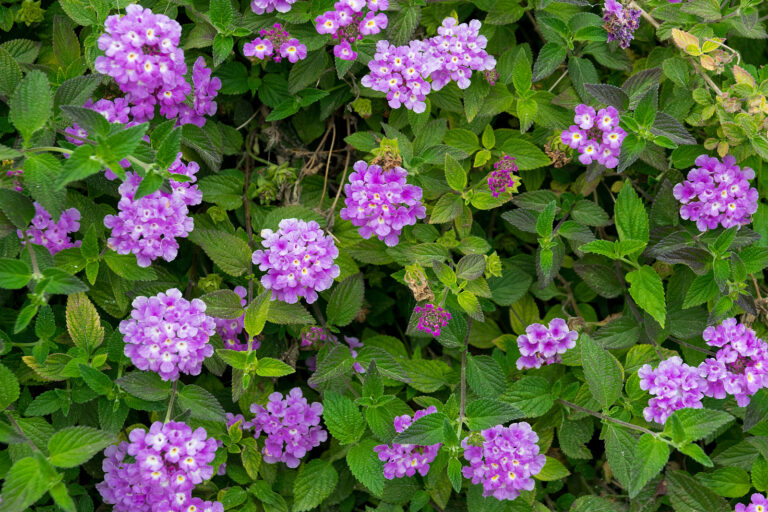How to Grow Leopard’s Bane — Doronicum
Doronicum, commonly called leopard’s bane, is a perennial that bears yellow, daisy-like flower heads in spring. Plants are deciduous and go dormant in summer after blooming.
Doronicum grows from tubers. The flowerheads are composed of many ray florets—petals—surrounding slightly dome-shaped yellow centers which consist of densely packed disc florets. Flowers appear one per stem.
Overplant Doronicum with shallow-rooted annuals such as impatiens to fill the space they leave when they go dormant in summer.
The Doronicum genus includes about 35 species.
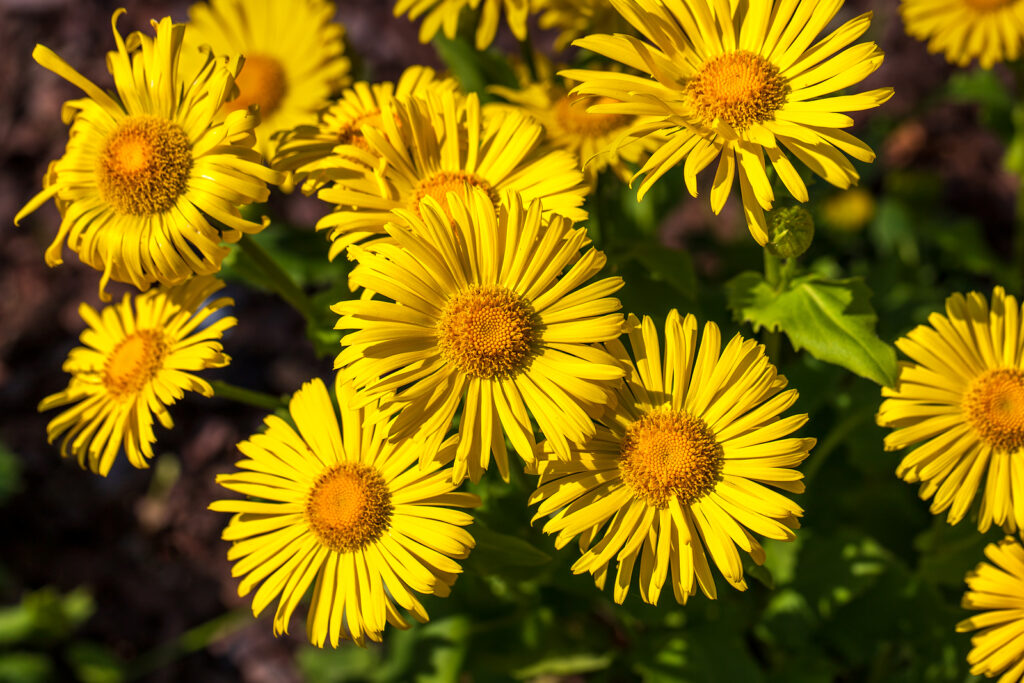
Get to know Doronicum
- Plant type: Perennial
- Growing zones and range: Zones 4 to 8
- Hardiness: Hardy to -30° (-34°C)
- Height and width: 4 feet (1.2m) tall and wide
- Foliage: Low, dense clumps of toothed, rounded to heart-shaped dark green leaves
- Flowers: Showy yellow daisies; 2- to 3-inch blooms on slender stems; plants go dormant after blooming
- Flower color: Yellow
- Bloom time: Early to mid-spring
- Uses: Plant at the edge of woodland or shade border; good cutting flowers
- Common name: Leopard’s bane
- Botanical name: Doronicum
- Family name: Asteraceae
- Origin: Europe, Southwestern Asia
Where to plant Doronicum
- Plant Doronicum in partial sunlight or light dappled shade.
- Grow Doronicum in humus-rich, well-drained soil.
Doronicum uses and companions
- Grow Doronicum in a border or naturalize in a shade or woodland garden.
- The flowers are good for cutting.
- Good garden companions include Brunnera macrophylla, Dicentra, Helleborus, Hosta, Mertensia, Trillium.
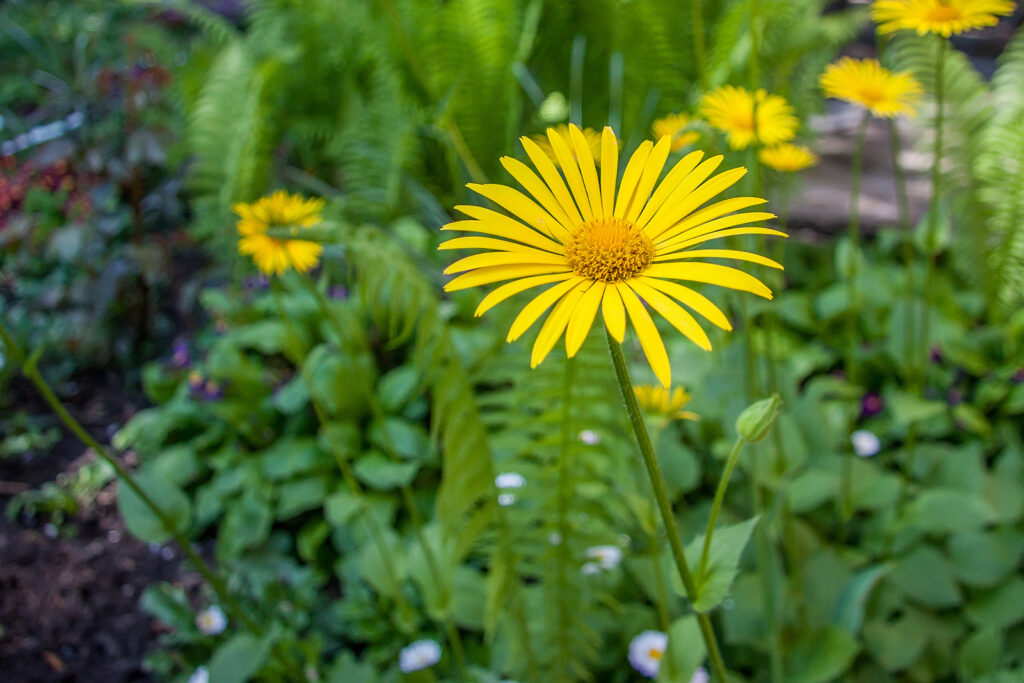
When to plant Doronicum
- Set Doronicum in the garden in spring after the last frost.
- Start seeds indoors 3 to 4 weeks before the last frost for transplanting into the garden in spring.
Planting and spacing Doronicum
- Space Doronicum 2 to 4 feet (.6-1.2m) apart depending on the variety.
How to water and feed Doronicum
- Keep the soil evenly moist for best blooms. Doronicum does not tolerate dry soil or drought.
- Fertilize Doronicum with an all-purpose organic fertilizer in spring.
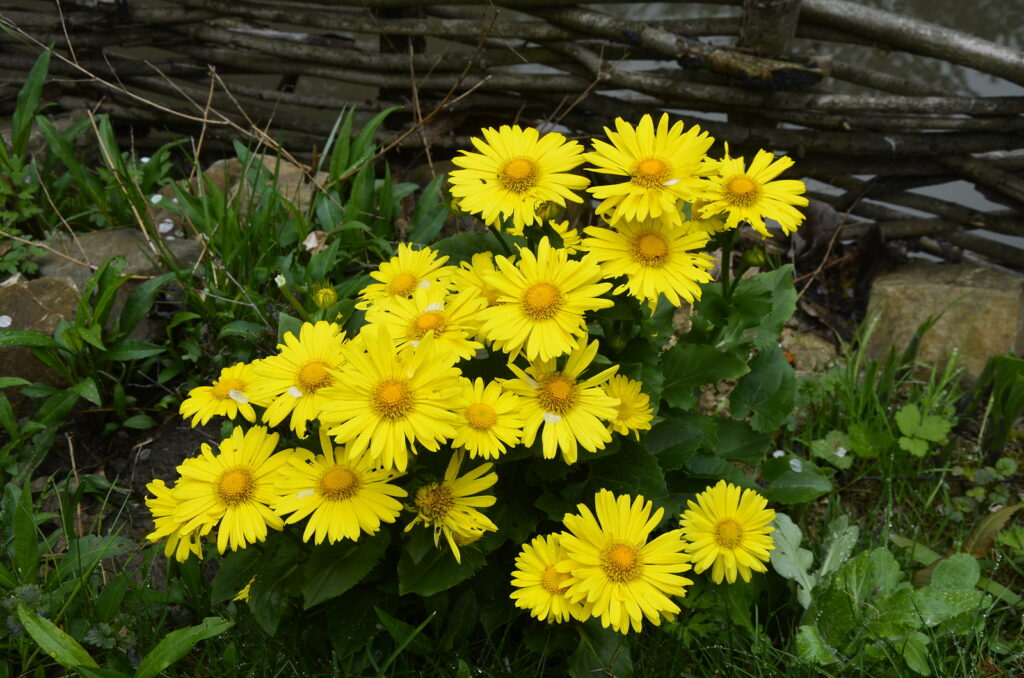
Doronicum care
- Mark the location of plants before they go dormant in summer.
Doronicum pests and diseases
- Leaf spot and root rot can be a problem.
- Doronicum is susceptible to powdery mildew.
Doronicum propagation
- Divide clumps every 2 to 3 years. Divide plants in early autumn.
- Sow seeds in containers in spring.
- Doronicum seeds germinate in 14 to 21 days at about 68°F (20°C).
Doronicum varieties to grow
- Doronicum cordatum (D. caucasicum): Flower heads borne singly on 12-inch stems; cultivars include ‘Magnificum’ and ‘Finesse’.
- D. x excelsum: Hybrid grows to 2 feet tall; bears 4-inch golden-yellow flowers in spring.
- D. ‘Miss Mason’: Hybrid with large, bright yellow daisies on 30-inch plants.
- D. orientale. See D. cordatum.
- D. pardalianches, great leopard’s bane: Species bears pale yellow 2-inch-wide flowers on branched stems in late spring.
- D. plantagineum, plantain leopard’s bane: Grows to 3 feet tall with coarse leaves.

